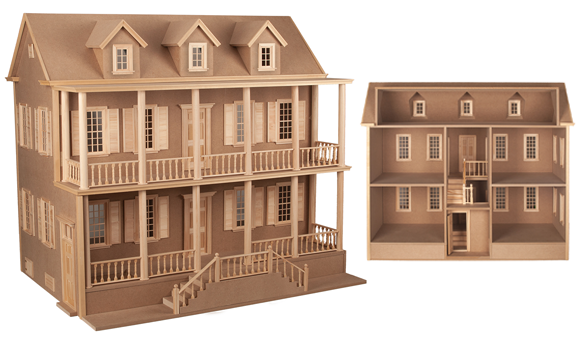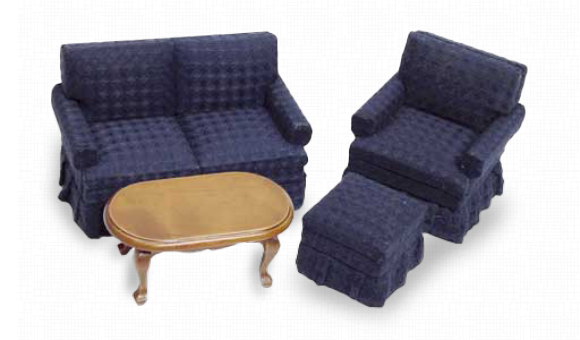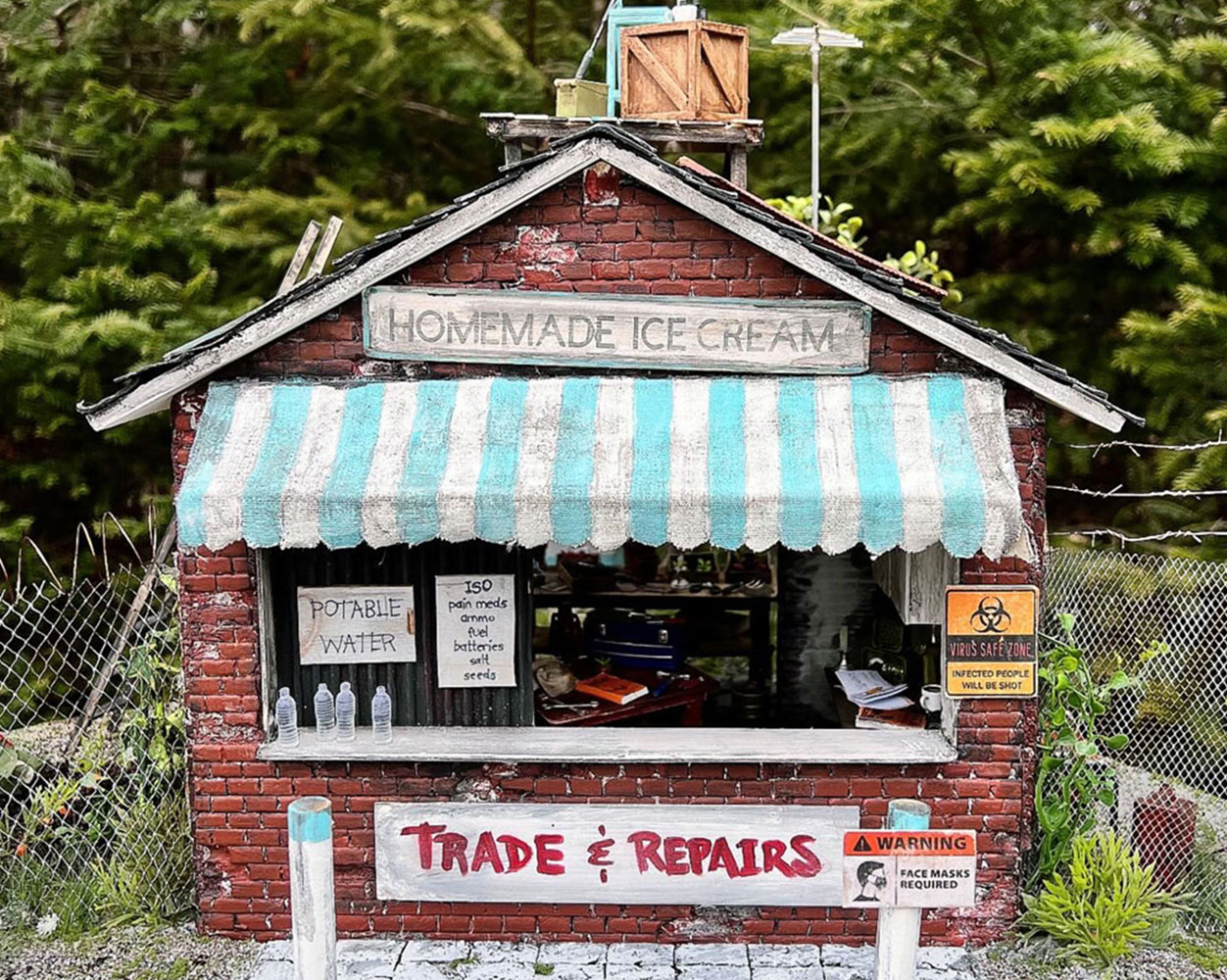
We all know that when wood "ages" or sits out in the weather it takes on an entirely different look.
Here our own Fran Casselman gives nature a helping hand and explains how easily you can speed up the process. In this project Fran took our Unfinished Picnic Table #64005 and in short order gave it a great weathered look.
You could use the same process on almost any unfinished wood.
Here's how...
I used Prismacolor permanent artist's markers in:
40% French Gray (#158) main overall color
60% French Gray (#160) shaded/darker areas, optional
90% French Gray (#163) defines planks, nails
Artist's markers are solvent-based and permanent. They are sold in art supply stores and sometimes in larger, well-stocked craft stores, and are readily available from a variety of Internet retailers. The list price for this brand's individual markers — which have both broad and fine points in the same marker — is a little over $4, but usual retail price is much less. Stored properly (caps tight), they will last for many years and help you finish many projects.
The #64005 unfinished picnic table comes with a very smooth surface, so no sanding is needed. The marker will not raise the grain.
Test colors on the underside, to see the finished look and try the technique. Start with the 40% gray and color the wood in quick, long strokes with the grain. It will look streaky when wet but will dry quickly. Try to cover an area evenly with one stroke and immediately make the second stroke right next to the first. As long as you are working "wet-to-wet" the color will dry evenly. Realistically, however, some streakiness is appropriate in real weathered wood. Color the entire table.
The end grain (short edges of the table and bench tops, for example) will absorb more of the pigment and dry darker than the main color. This is appropriate and exactly the look you want.
If you want to add shaded areas, use the 60% gray. I darkened one plank on the table top and added some streaking below where cross members meet the legs.
The "nails" were added with the fine point of the 90% gray marker. Practice on the underside first, because only the tiniest touch is needed. The grain will pick up the color and lengthen your dot, but this is exactly what would happen as exposed wood gets stained by the oxidation from metal fasteners. Placement of the "nails" should match the table and bench supports. Use a Post-It note or a piece of masking tape to keep the line straight.
I darkened the lines between the planks with the fine point of the 90% gray because I wanted it to show well in the photo, but the 60% gray might be dark enough for the look you want.
Add shading or streaking until you get a look you like, and you're done. No additional finish is needed, but you can use a fine matte spray sealer if you wish.
Any marker stains on your fingers will come off easily with rubbing alcohol.



